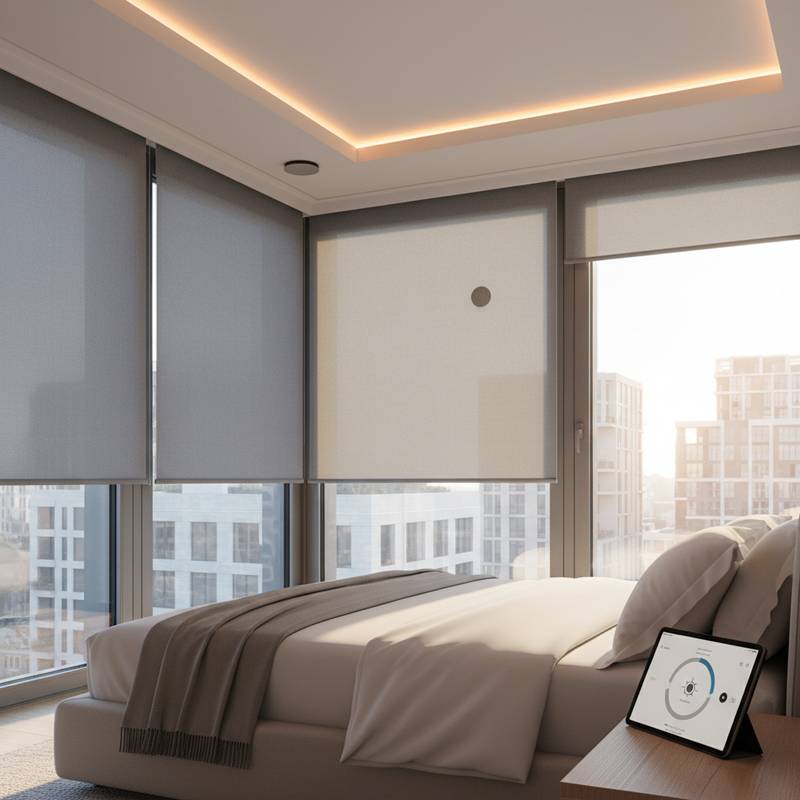Smart Blinds Sync Light to Your Body's Sleep Clock
Smart blinds transform home environments by automating light control to match circadian rhythms, promoting superior sleep, energy savings, and daily comfort. Equipped with advanced sensors and integrations, these devices support natural light patterns that foster better mood and health. With rising accessibility, they emerge as vital components of intelligent living spaces.




















